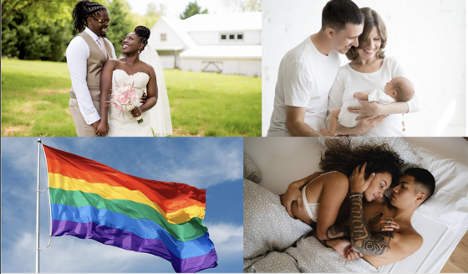Main Content
Lesson 1: Introduction to Human Sexualities
A (Very Brief) History of Sex and Sexuality
Sex and Sexuality
Our understanding of sex and sexuality is constantly evolving and some of our major ideas about sexuality are quite modern. Let’s start by reviewing two terms that are foundational in this course:
Sex: (1) the distinction between male and female; (2) engaging in sexual behaviors. The first definition is often referred to as a biological determination (contrasted with gender which is a social determination – we will dive into this more in a later module).
Sexuality: the entire realm of human experience that is more or less closely connected with sex. This includes (but is not limited to):
- gendered traits
- sexual attraction/relationships
- romantic attraction/relationships
- childbirth and parenting
- contraceptives and disease
- the relationship between our sexual identity and social structures (including law, religion, and medicine)
When you think of sexuality, what else comes to mind?
Sexuality Has Changed Over Time
Take a moment and just think about what comes to mind when you think about sex, gender, love, romance…
Many of these images are probably based on a very modern construction of human sexuality. I imagine that, with some deviations, the major images that came to mind look like those in Figure 1.1:

As you read in Chapter 1, human sexuality has a long and varied history. For example, polygamy (marriage/mating with more than one partner) was once widely practiced but has now largely been replaced with monogamy (marriage/mating with only one partner). Sex was once considered “normal” only if engaged in for procreative purposes. In addition, the sex/gender binary (using a male/female classification) is a modern construction and many cultures have historically recognized more than two genders.
